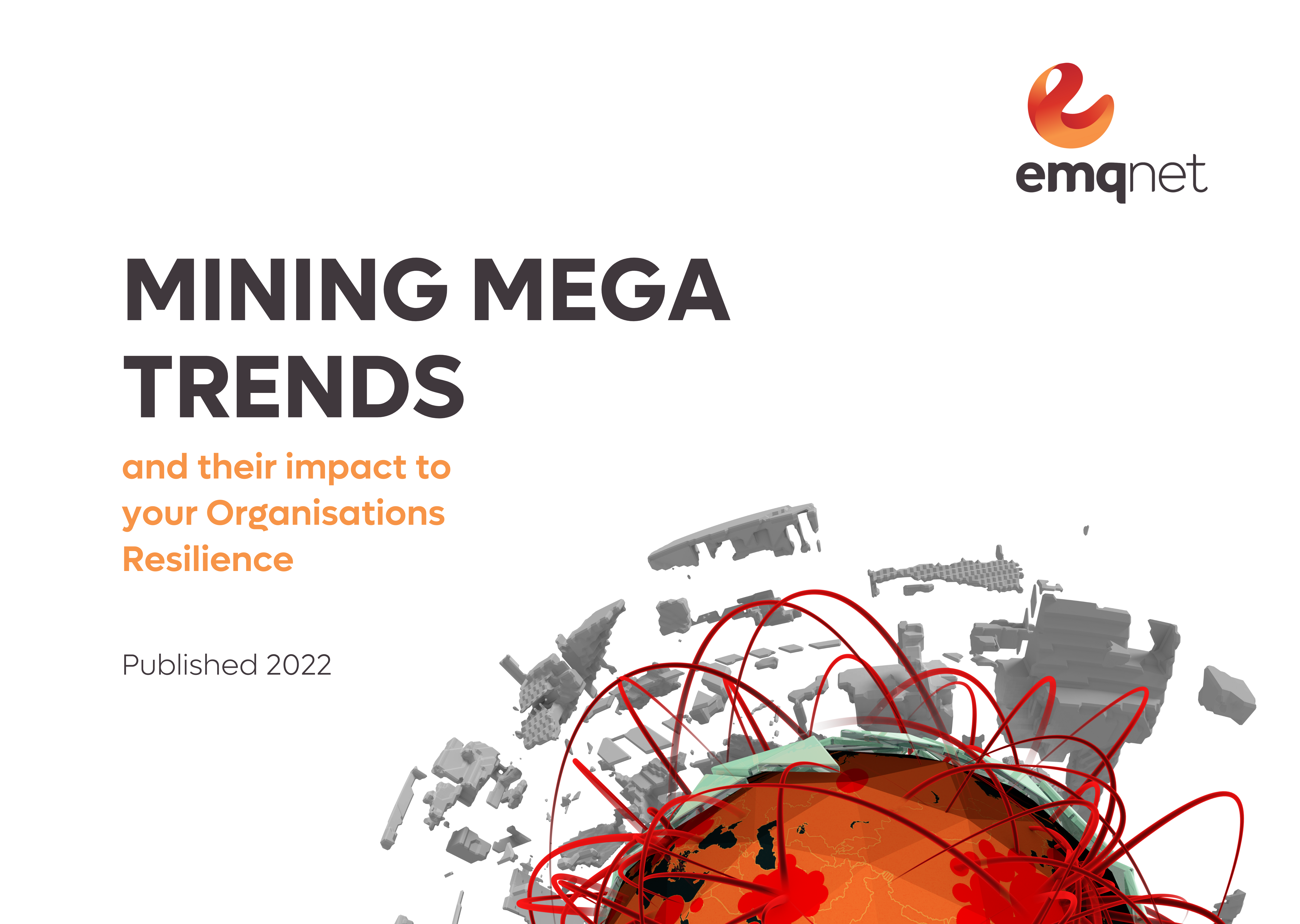Stakeholder management is integral to an effective crisis response, with the reputation of a business at risk if they deploy the wrong approach. To their detriment, some major mining operators have had their reputations sullied by underestimating the importance of developing robust stakeholder management and communications plans. Identifying, assessing and prioritising stakeholders is just as important as identifying the appropriate means and timeliness of communication with them. We discuss the most effective strategies for handling stakeholders and the potential risks involved.
Mining companies must deploy effective strategies to manage stakeholders. Credit: CUHRIG via Getty Images.
Stakeholder management is essential to the effective management of any incident and a cornerstone of reputation protection in the mining industry.
Businesses must build strong working relationships with stakeholders, both internally and externally. Internal stakeholders may include employees, vendors, and business contractors at every stage – from exploration, construction, and operations to closure and throughout remediation. External stakeholders may be from the government, action groups, or indigenous communities living near operations and those with ownership of ancestral lands.
Effective stakeholder management requires hard work, transparency, and a willingness to engage. Regular review and updating of stakeholder management is a must to ensure they are managed appropriately.
However, transparency does not always work both ways and crisis management teams must understand who they are dealing with as the motives of some stakeholders are not always clear. If stakeholders are from an issue-motivated group, their intentions may be unknown and who is funding them can be a mystery.
For this reason, Adam Worsley, general manager at Dynamiq, suggests crisis management teams use the same approach for all stakeholders, regardless of where they are from. Because while stakeholders might initially appear friendly, they may not always be that way.
“They say the secret to good crisis management is recognising the friend or foe and treating them equally so that you don’t overemphasise the response on one side and compromise on the other,” says Worsley. “The good leaders recognise that. They understand who’s who and treat them accordingly.”
Why preparation is vital in stakeholder management
In stakeholder management, the preparation phase is critical. Key contacts and their details must be identified well in advance. It should be viewed as part of a resilience program, with the majority of the response determined in contingency planning. If a crisis begins and the management team is chasing around to find the right contacts, then they are already on the backfoot and the prospect of a successful response is lessened.
“It’s doing it beforehand and identifying all your stakeholders. It’s making sure you’ve done all your planning and preparation – namely, your scenario development – well in advance. And you’ve prepared yourself with all of your messages,” adds Jarrod Wilson, CEO of Dynamiq. “As the saying goes, you best prepare for war during peacetime.
“Categorising and organising stakeholders into priority groups is another way that you can manage information flow. You need a crisis management platform to help you coordinate that and organise the response because the timeliness of being able to respond appropriately is critical. You must address the issue at hand.”
And in a crisis, prioritisation is essential. During the first minute, hour, and days, the most important stakeholders must be identified and managed correctly. This is in the face of competing demands while establishing who will respond and help during a response. Any potential problematic stakeholders must also be known and handled accordingly. There may be some white noise from various channels that will need to be assessed but might not require a response or reaction.
“If it’s someone on Twitter, with a ghost avatar and three followers, why engage? But if it’s a well-funded, issue-motivated group, you prioritise that,” adds Wilson.
Yet there is a risk of the snowball effect, where an issue with a stakeholder not believed to be a concern quickly turns into a huge issue because it has not been dealt with effectively or in a timely manner.
Leaders must make that judgement call. One decision can set off a chain of events with second and third order effects. It is vital to get the response correct and monitor developments to avoid any unintended consequences from that initial decision.
Setting the response agenda
usiness must set its response agenda and determine exactly who is driving this. If the response is driven by stakeholders, a business is no longer in control of the narrative and must get on the front foot to avoid dancing to the tune of external forces. There is a risk here for a serious outcome to be the spread of misinformation.
“You control the message. You control your stakeholders. As soon as you lose the response agenda, you’re opening yourself up,” says Worsley. “The secret is to recognise that you’re in that position. The best leaders recognise and get a sense of that really quickly. Whereas some just to try and ride it out.”/p>
emqnet is a digital resilience platform that logs all communication flows between crisis management teams and stakeholders. The platform is a vital tool for stakeholder management, allowing access to all necessary communications by crisis management teams to monitor a situation and understand the context should there be an escalation.
“There’s specific functionality within emqnet for stakeholder management planning and implementation based on stakeholder engagement, workflow prioritisation, method engagement. And you can invite them to communicate,” adds Worsley. “In a crisis, this can be vital.”
To find out more about how Dynamiq’s emqnet platform can help with stakeholder management and the megatrends impacting the mining industry, download the white paper below.



